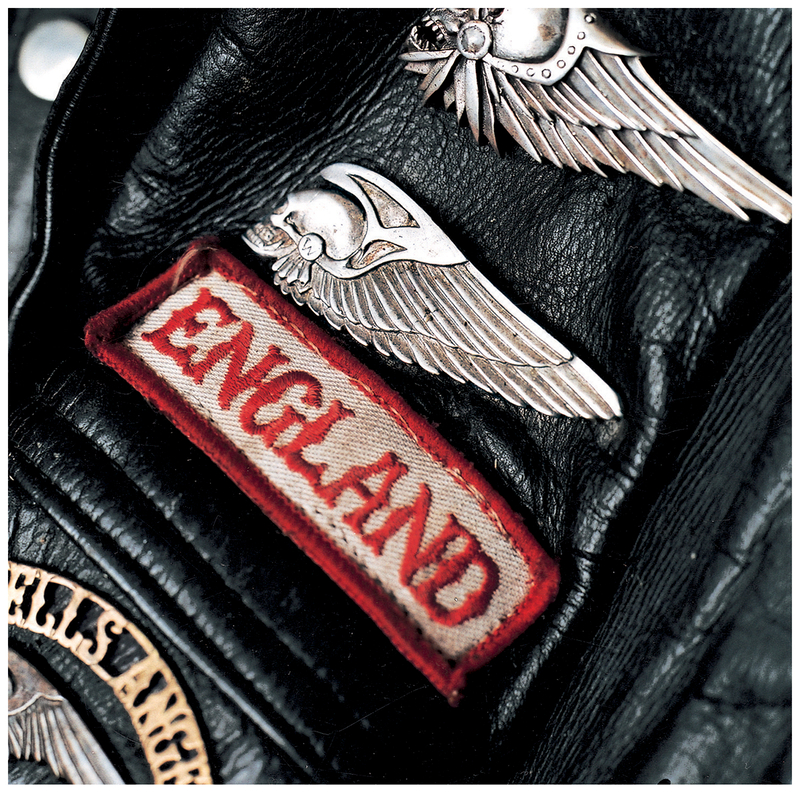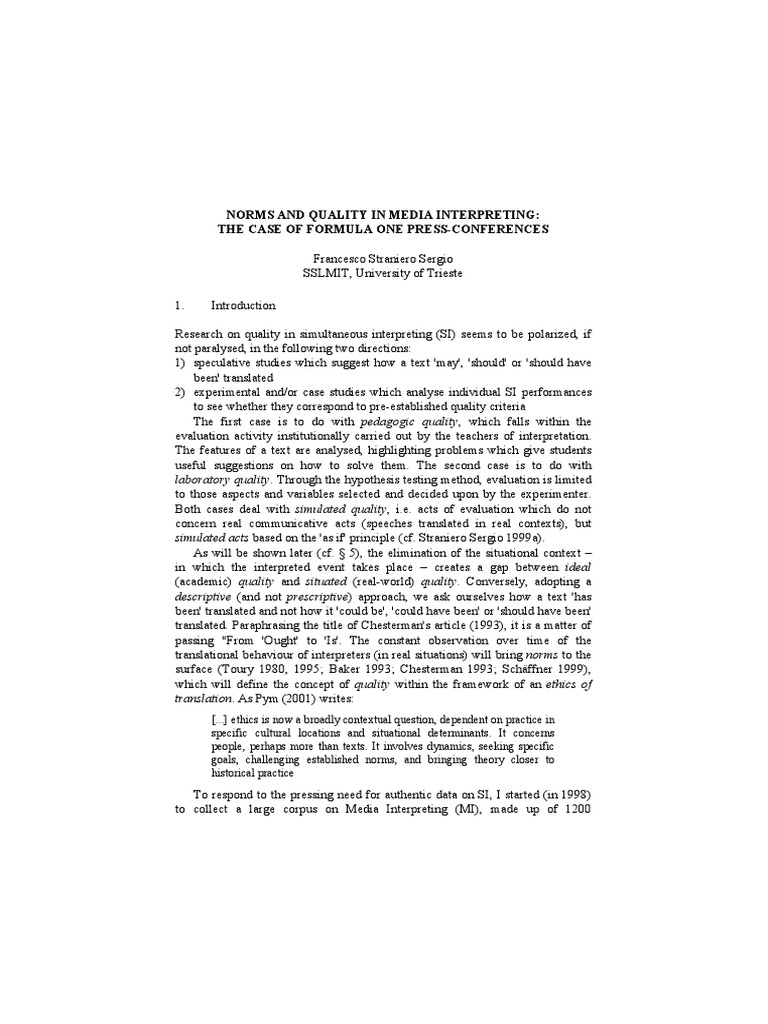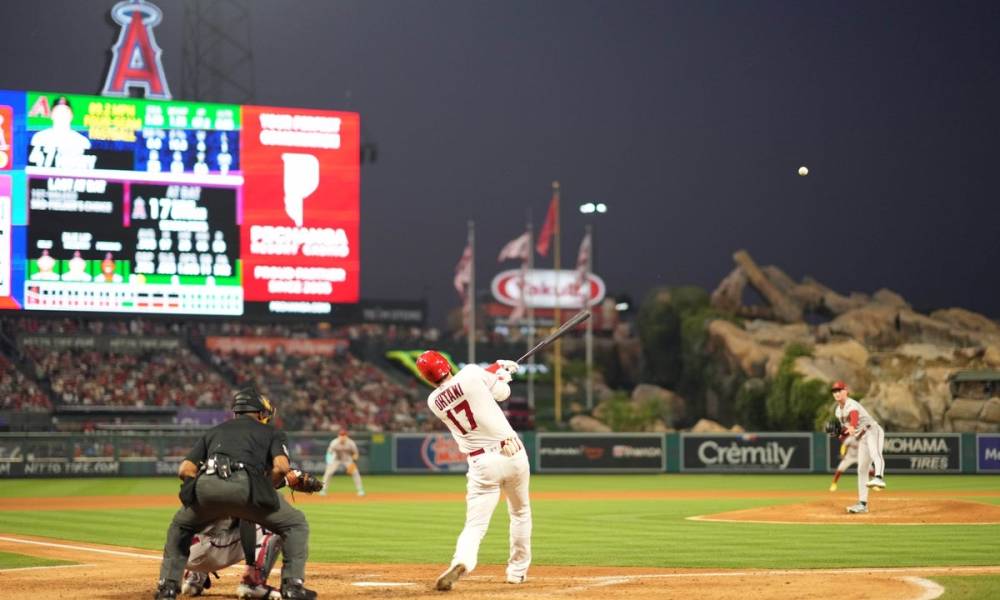The Hells Angels: A Deep Dive Into Their History And Culture

Table of Contents
The Genesis of the Hells Angels: Early History and Formation
The Hells Angels' story begins in the post-World War II era of California. Emerging from a burgeoning biker culture, the club's roots lie in the disillusionment and restlessness felt by many returning veterans. The initial members, many of whom were former servicemen, sought camaraderie and a sense of belonging in a rapidly changing world. Their early activities revolved around motorcycle riding, and the development of a strong sense of brotherhood was central to the group's identity.
- The impact of biker culture: The post-war boom in motorcycle manufacturing, coupled with a burgeoning counter-culture, provided fertile ground for the growth of motorcycle clubs like the Hells Angels.
- Early chapters and geographical spread: Initially concentrated in California, the club gradually expanded, establishing chapters across the United States.
- The adoption of the "Hells Angels" name and its symbolism: The name itself, evocative of rebellion and defiance, solidified their image as a powerful and independent force.
Hells Angels: Structure, Hierarchy, and Membership
The Hells Angels operate with a rigid hierarchical structure. The club is organized into chapters, with each chapter reporting to a regional structure and ultimately to a national leadership. Aspiring members must undergo a rigorous process, starting as "prospects" and proving their loyalty and commitment before being officially "patched in" as full members. This initiation process involves a significant period of testing and proving oneself to the existing members.
- The roles of different ranks: The hierarchy includes various ranks, each with specific responsibilities and levels of authority within the club.
- The importance of loyalty and brotherhood: Loyalty and unquestioning obedience to the club and its leadership are paramount.
- The rigorous initiation process: The process of becoming a full-fledged member is demanding and designed to weed out those deemed unsuitable. The famous "1%" patch, adopted as a symbol of rebellion against mainstream society, emphasizes this outsider status.
Hells Angels: Criminal Activities and Law Enforcement Scrutiny
Throughout their history, the Hells Angels have been linked to various criminal activities, including drug trafficking, violence, and extortion. This involvement has led to numerous legal battles and ongoing scrutiny from law enforcement agencies worldwide. Numerous high-profile cases have showcased the club's engagement in illegal activities, resulting in convictions and lengthy prison sentences for many members.
- The impact of media portrayals: Media depictions, often sensationalized, have contributed significantly to the public's perception of the club's criminality.
- Specific examples of high-profile criminal cases: Several well-known cases involving drug smuggling, murder, and racketeering have cemented the Hells Angels' reputation as an outlaw motorcycle gang.
- Governmental efforts to combat the club's illegal activities: Law enforcement agencies have employed various strategies, including infiltration and large-scale raids, to combat the Hells Angels' criminal activities.
Hells Angels: Culture, Symbolism, and Motorcycle Culture
Beyond their criminal associations, the Hells Angels possess a distinct and highly symbolic culture deeply intertwined with motorcycle riding. Their visual identity, characterized by specific colors, patches, and emblems, reinforces their image and sense of brotherhood. Motorcycle rallies and events serve as significant social gatherings and demonstrations of their collective power.
- The significance of motorcycle rallies and events: These events are crucial for maintaining camaraderie and projecting the club's image.
- The role of tattoos and other forms of visual representation: Tattoos and other visual markers serve as identifiers and symbols of membership and status.
- The club's use of symbols and their meanings: The symbolism utilized by the Hells Angels is rich in meaning and significance, often reinforcing their rebellious identity.
Hells Angels: Global Presence and Modern Influence
The Hells Angels' influence extends far beyond the United States. The club has established chapters in numerous countries worldwide, maintaining a significant international presence. Despite ongoing legal challenges and negative media attention, the Hells Angels continue to exert a considerable influence within the biker subculture and beyond.
- The establishment of chapters in different countries: The club’s global reach demonstrates its organizational strength and ability to adapt to different cultural contexts.
- The club's interactions with other motorcycle clubs: The relationship between the Hells Angels and other motorcycle clubs is often complex, marked by both alliances and rivalries.
- The continuing media attention and its impact: Media coverage, both positive and negative, continues to shape public perception and fuel public interest in the club.
Conclusion: Understanding the Hells Angels: A Lasting Legacy
The Hells Angels Motorcycle Club presents a multifaceted and complex picture. Their history is marked by both acts of camaraderie and criminal enterprise, making them a subject of continued fascination and controversy. Understanding the Hells Angels requires acknowledging this complexity, appreciating both their rebellious spirit and the serious consequences of their criminal activities. To further explore the fascinating and complex history of the Hells Angels Motorcycle Club, consider researching reputable sources and documentaries. Understanding the Hells Angels requires a nuanced perspective, and this article serves as a starting point for your deeper investigation into Hells Angels history and the Hells Angels motorcycle club.

Featured Posts
-
 Severe Flood Warning Safety Measures To Take Now Nws
May 26, 2025
Severe Flood Warning Safety Measures To Take Now Nws
May 26, 2025 -
 Get Ready Sinners A Louisiana Horror Movie Is Coming To A Theater Near You
May 26, 2025
Get Ready Sinners A Louisiana Horror Movie Is Coming To A Theater Near You
May 26, 2025 -
 Thierry Ardisson Accuse De Sexisme Analyse De L Impact Des Revelations De Laurent Baffie
May 26, 2025
Thierry Ardisson Accuse De Sexisme Analyse De L Impact Des Revelations De Laurent Baffie
May 26, 2025 -
 F1 Press Conferences A Guide For Fans
May 26, 2025
F1 Press Conferences A Guide For Fans
May 26, 2025 -
 Sses Revised Spending Plan 3 Billion Reduction And Strategic Shift
May 26, 2025
Sses Revised Spending Plan 3 Billion Reduction And Strategic Shift
May 26, 2025
Latest Posts
-
 Mlb Taylor Wards Grand Slam Stuns Padres Secures Angels Win
May 28, 2025
Mlb Taylor Wards Grand Slam Stuns Padres Secures Angels Win
May 28, 2025 -
 Angels And Dodgers Battle Through Shortstop Absences
May 28, 2025
Angels And Dodgers Battle Through Shortstop Absences
May 28, 2025 -
 Taylor Wards Grand Slam Angels Upset Padres In 9th Inning
May 28, 2025
Taylor Wards Grand Slam Angels Upset Padres In 9th Inning
May 28, 2025 -
 Mike Trout And Kenley Jansen Angels Getaway Game Vs Pirates Start Time Revealed
May 28, 2025
Mike Trout And Kenley Jansen Angels Getaway Game Vs Pirates Start Time Revealed
May 28, 2025 -
 Los Angeles Angels Vs Pittsburgh Pirates Key Players Game Time And Preview Featuring Mike Trout And Kenley Jansen
May 28, 2025
Los Angeles Angels Vs Pittsburgh Pirates Key Players Game Time And Preview Featuring Mike Trout And Kenley Jansen
May 28, 2025
